Ysarex
Been spending a lot of time on here!
- Joined
- Nov 27, 2011
- Messages
- 7,139
- Reaction score
- 3,701
- Location
- St. Louis
- Can others edit my Photos
- Photos OK to edit
I couldn't care less. I posted the image at web resolution because it nonetheless shows the scene DR and that the G7 handled it. At 20 megapixels it'll make a 20x30 print that will be indistinguishable from a same-size print from the Hassy at appropriate viewing distance. I'm sure you could stick your nose in the prints and see a difference due to the resolution difference. People who do that have a problem. Again back to the price/performance curve how much is it worth to be able to stick your nose in a print to see what you spent?Posting comparison images at web resolution is somewhat like comparing a VW and a Lamborghini going down the road side by side at an idle. You wouldn't spend the money on a Lamborghini unless you intended to step on the gas, and I wouldn't spend the money on a Hassy unless I needed the better camera. Not knocking the G7, but what do you think the response would be if you walked on the set of a major commercial shoot with it?


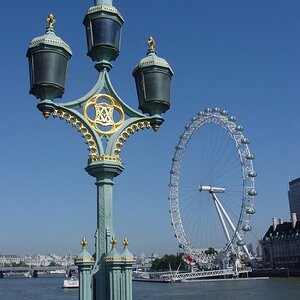


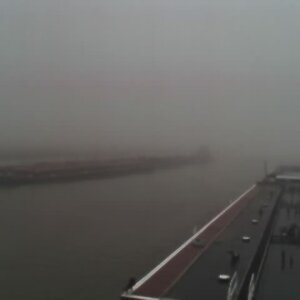
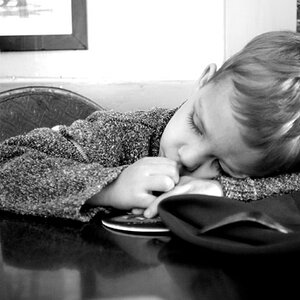
![[No title]](/data/xfmg/thumbnail/32/32926-ec27ecead8c80d803404500d8f888dbf.jpg?1619735754)
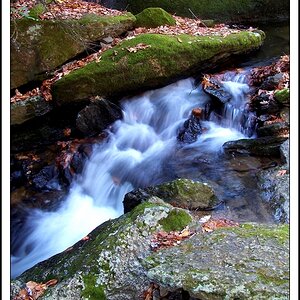
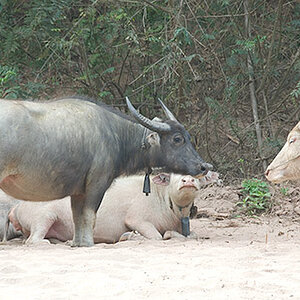
![[No title]](/data/xfmg/thumbnail/40/40288-4d5d7a8aa74ddfceb5fb82062d9b21be.jpg?1619739409)
![[No title]](/data/xfmg/thumbnail/32/32944-550374cc056b8618b47594b3cc6e1574.jpg?1619735777)

